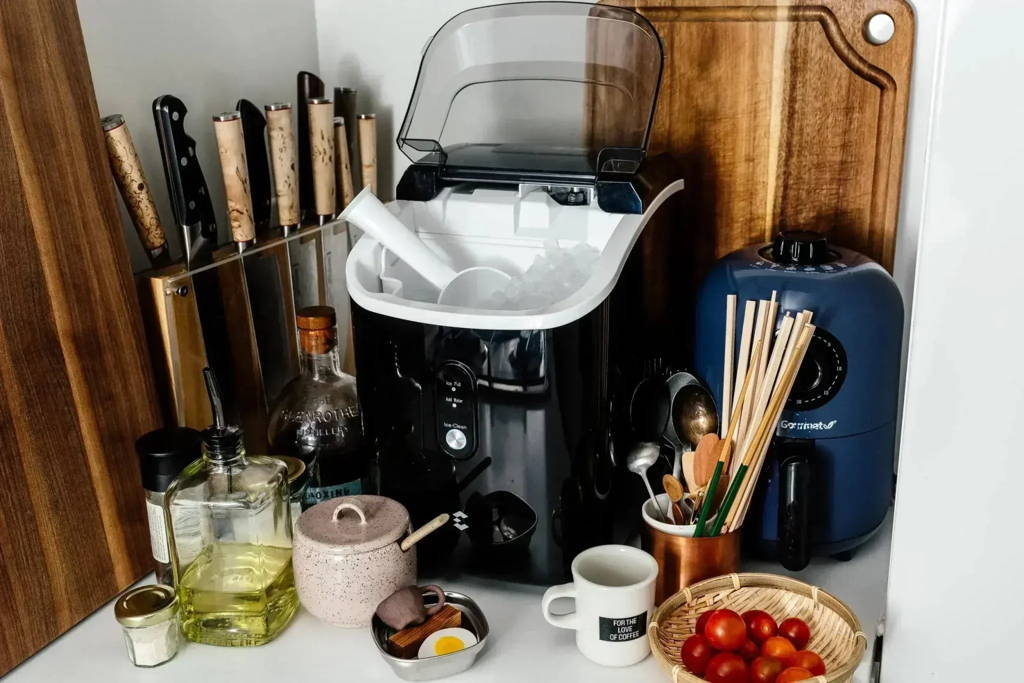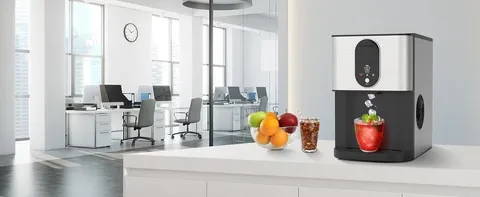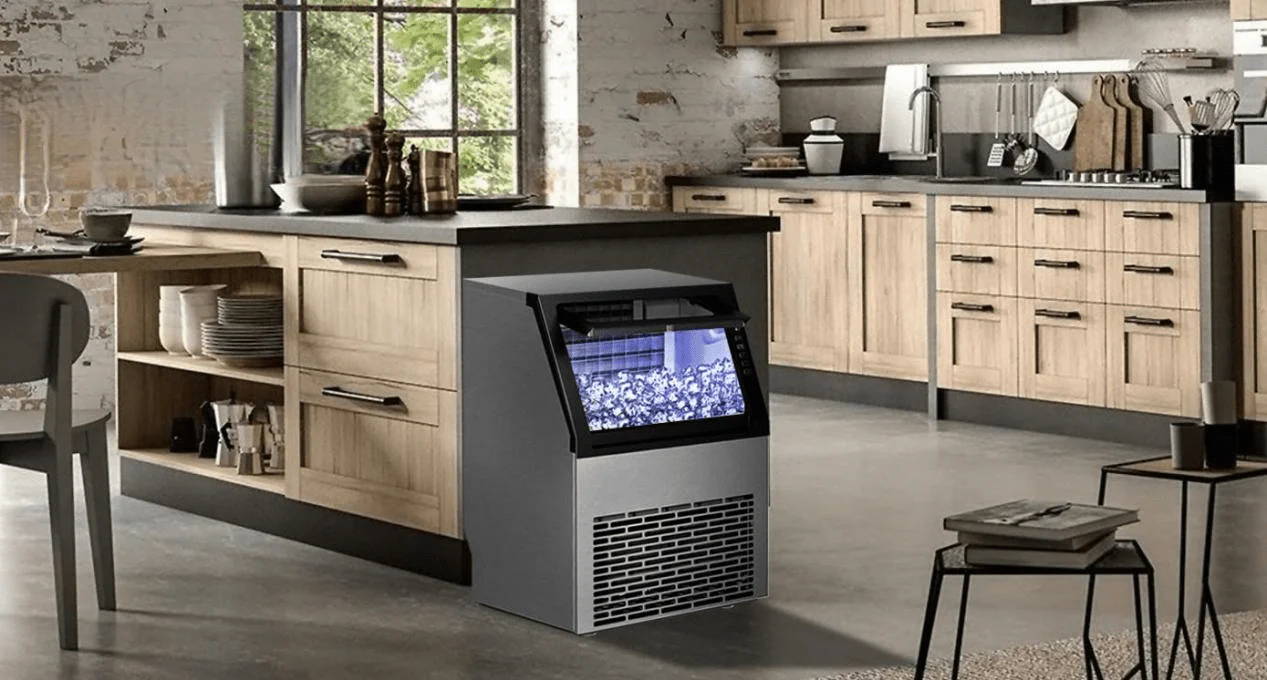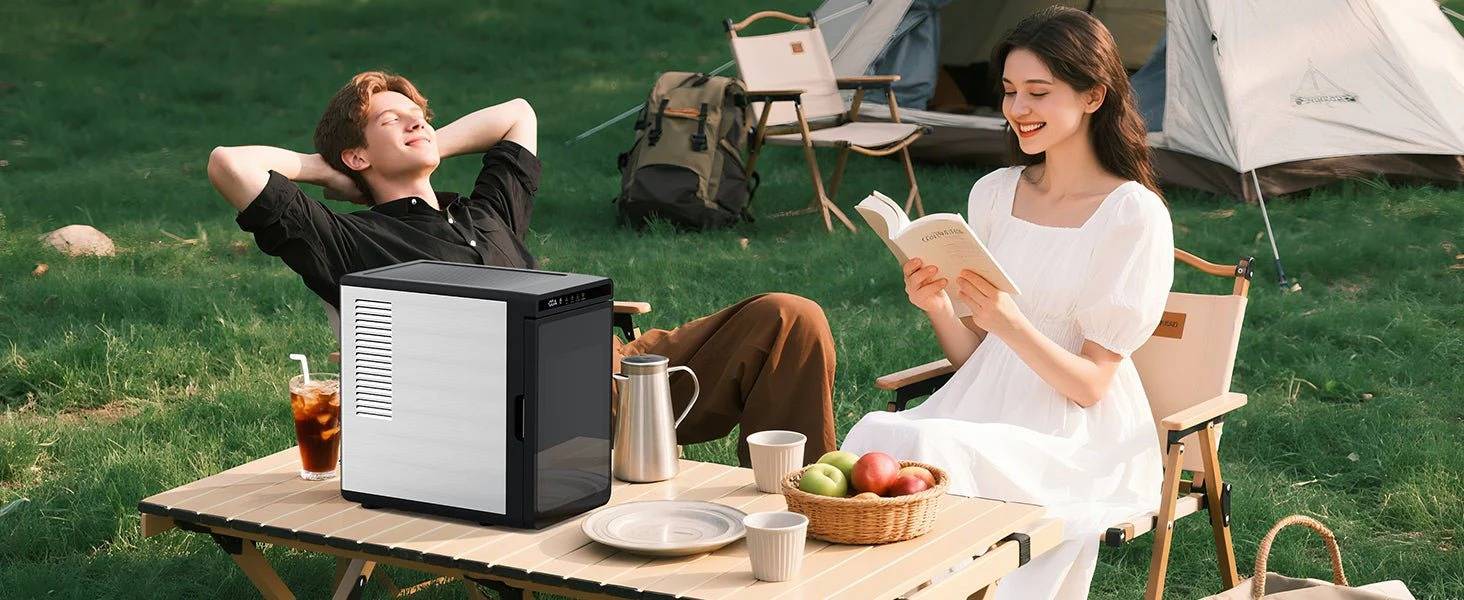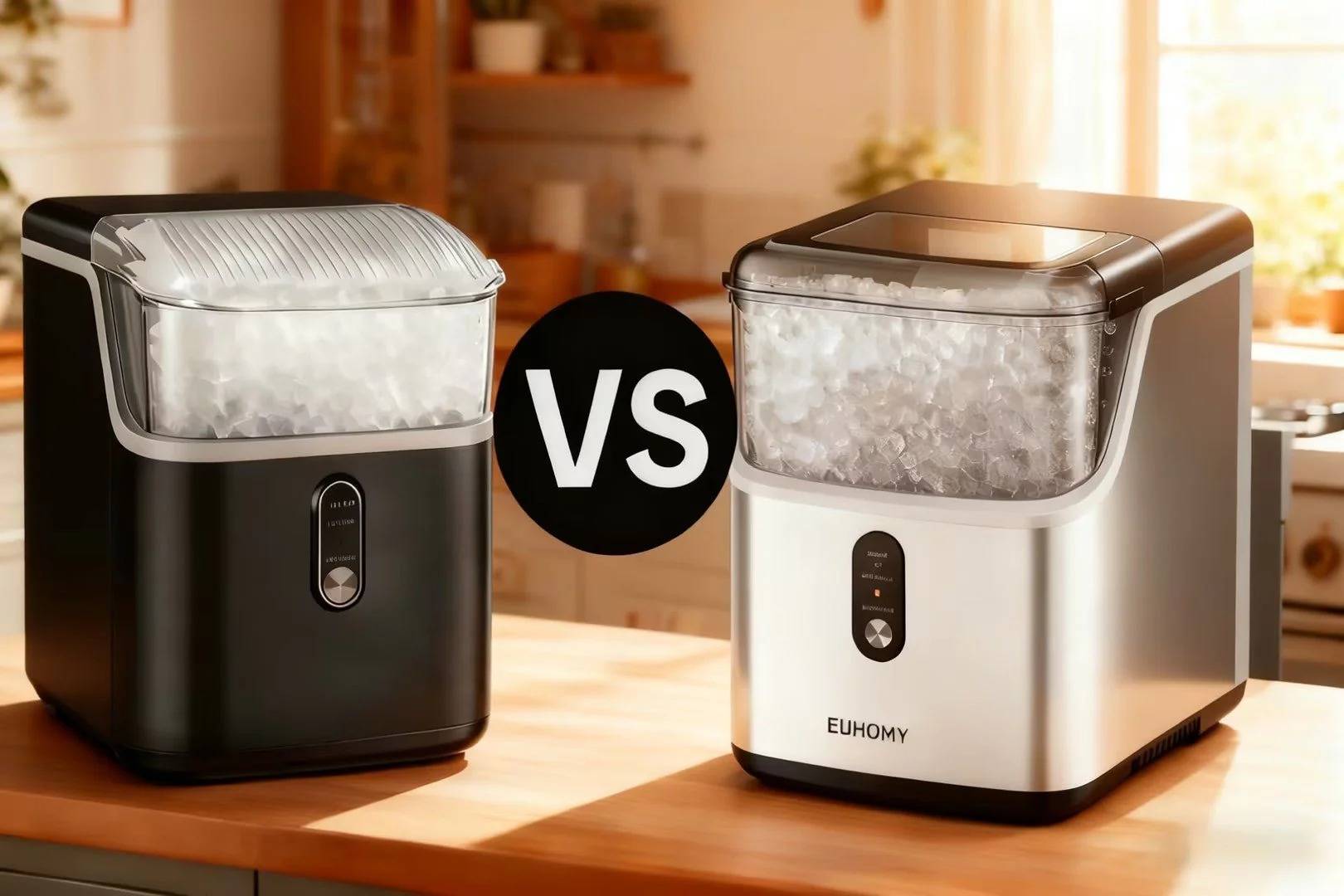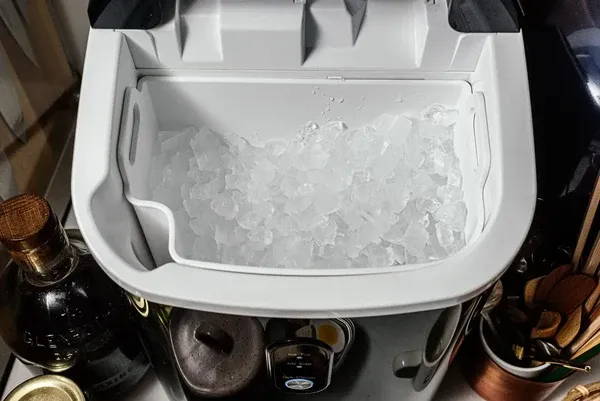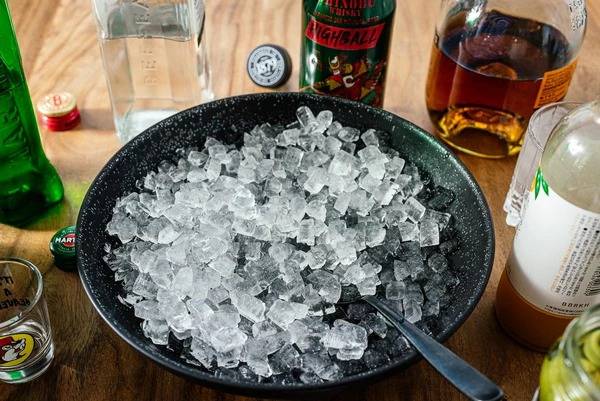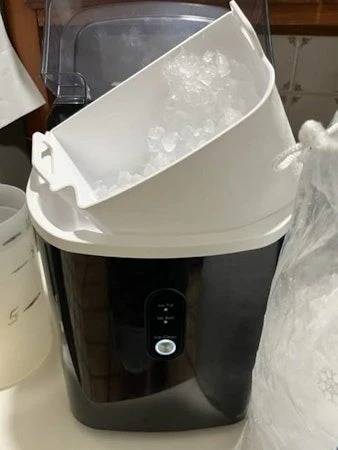Which countertop ice maker keeps ice frozen?
You may have noticed that most ice makers tout rapid ice production as their key selling point—but the problem is, the ice melts just as quickly! If you're searching for home countertop ice maker that keeps ice frozen for longer, you're not alone. This blog compares multiple ice maker models, explaining how different ice-making principles can truly keep ice cold and ready to serve whenever you need it.
Subscribe
To join our mailing list and never miss a baby update!
"After over 200 hours of testing and comparing more than a dozen popular countertop ice makers, we found that the Kismile Ice Maker stands out as one of the few models that can actually keep ice frozen for longer, thanks to its efficient cooling system and well-insulated storage design."
Lily
"After 250 hours of research and testing, including interviewing five baby wearing experts and walking over 100 miles in 15 wraps, slings, and meh dais, we think that the Gemlak Baby Carriers is the best"
Lily
About Kismile brand
Kismile brings innovation and comfort to every kitchen with a full range of appliances designed for modern living. From ice makers that deliver fresh ice on demand, to coffee machines that brew richly aromatic espresso, and wine coolers that keep every bottle at its optimal temperature—every Kismile product is crafted with precision, efficiency, and everyday convenience in mind. Experience premium products that transform simple daily tasks into moments of joy.
Product details
- Weight: 18.52 Pounds
- Dimension: 11.81 x 9.06 x 12.99 inches
- Ice Making Capacity: 35 lbs/24h
- Suitable for: home, office, RV, and small business use.
- Connection Type: Plug-in
- Carry positions: carrying handle
- Material: ABS plastic with clear lid
- Self-cleaning function: Yes
Trending Topics
countertop ice maker• countertop ice maker best buy• countertop ice maker for home• countertop ice maker for sale
Our ratings
- Ice Making Capacity: 9/10
- Parent comfort: 8/10
- Weight: 8/10
- Easy to use: 7/10
- Easy to clean: 9/10
Why Most Countertop Ice Makers Don’t Keep Ice Frozen
One key difference between countertop ice makers and larger freezer-style machines is their design purpose. Most countertop units are built to produce ice quickly, not to keep it frozen for long periods. As several users have noted, none of the countertop ice makers actually have a freezer mechanism in the storage area.
Keeping ice frozen requires a much lower temperature, better insulation, and a continuous cooling system—all of which would make a compact, portable ice maker heavier, noisier, and more expensive. That’s why the ice in these machines tends to slowly melt and get recycled back into the water reservoir for the next batch. In short, countertop ice makers excel at speed and convenience, but not long-term ice storage.
How is nugget ice made?
The Key Challenge: Freezing vs. Storage
Most portable ice makers are designed for rapid ice production. They work by filling trays or reservoirs with water, freezing it into ice cubes, then ejecting them into a storage bin.
However, these machines often lack true freezing storage capabilities. In fact, extensive user discussions reveal the truth: “None of the countertop models have a freezing mechanism in their ice storage compartments.”
This means that while ice feels cold upon removal, the absence of continuous refrigeration causes it to gradually melt—especially in warmer room temperatures or when the ice bin is frequently opened and closed. One article bluntly states: “To prevent ice from melting, temperatures must be maintained below freezing... Achieving this in small, portable devices that generate heat during ice production is a significant challenge.”
What to Look For: Criteria for Better Ice Retention
So, what's the difference between a tabletop ice maker that just produces ice cubes and one that truly keeps them solid? Here are the key features to look for:
- Freezer-like storage compartment or actively cooled bin: An ice maker with a refrigerated compartment, or at least an insulated bin that maintains very low temperatures, will better preserve frozen ice cubes.
- Insulation and bin design: A quality ice maker features a well-insulated ice bucket, preventing ambient heat from seeping in and causing ice to melt.
- Rapid transfer from production to storage: The faster ice enters a “cold” environment after production, the longer it stays solid.
- Align usage scenarios with storage duration: If you need ice immediately (within minutes or hours), a standard machine suffices. For storage lasting several hours or overnight, a more robust machine or alternative storage strategy is required.
Common Misconceptions and User Experiences
A common misconception is that once ice cubes fall into the ice bin, they remain frozen just like in the freezer compartment. However, user feedback tells a different story. On appliance forums, one user commented: “Stand-alone ice makers don't work that way at all... As far as I know, all countertop ice makers best buy are essentially ice-making units installed atop insulated refrigerated bins. The ice cubes gradually melt and are replenished with fresh ice as needed.” "
Therefore, if preventing melting is a priority, you should transfer ice cubes to your home freezer compartment or opt for models with dedicated refrigeration compartments. For most households, storing made ice in freezer bags or containers is a practical solution, though it does add an extra step.
Which Setting Fits You?
Here are two common scenarios:
Quick daily use: You only need to prepare enough ice for daily beverages or small gatherings, and you'll use it immediately after it's made. In this case, any quality countertop ice maker for home will suffice—as long as you don't expect the ice to stay rock-hard all day.
Hosting events or pre-stocking ice: You need to store ice after production and use it gradually over several hours (or even the next day). For this, choose a model with stronger refrigeration capabilities—or plan to transfer the ice to the freezer immediately after production. As one blog puts it: “If you need to store ice long-term, it's generally recommended to choose a product that surpasses standard countertop models.”
Summary
In short: Yes, countertop ice makers for sale produce ice quickly and conveniently. But no, most cannot keep ice completely frozen solid for extended periods—unless equipped with freezer-grade storage or you manually transfer ice to the freezer compartment. If you only need ice for the next hour or two, most models will suffice. However, if you need ice for extended events or want to store ice until it's used, you'll need to purchase a high-end model or carefully plan your storage solution.
When shopping, carefully read the ice storage instructions and ask yourself: Will this ice be used immediately, or does it need to stay frozen for several hours? The answer will directly guide you in choosing the right machine—or developing a sensible workflow.




